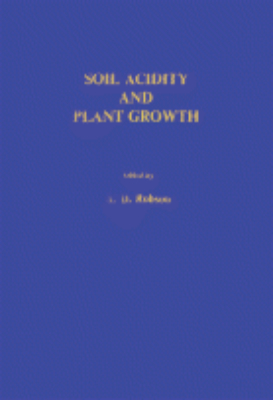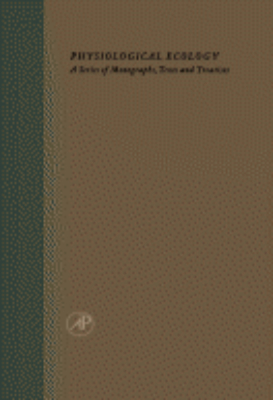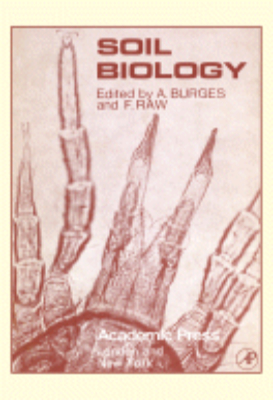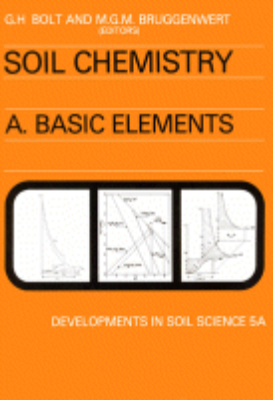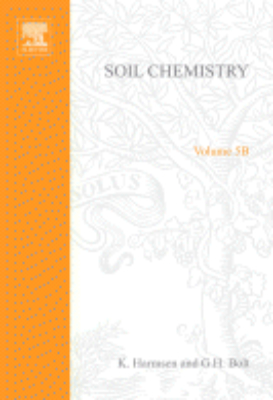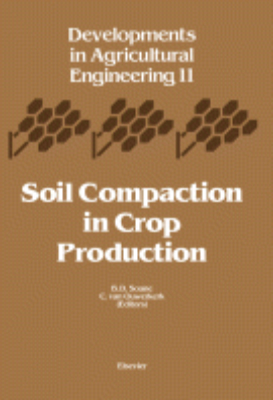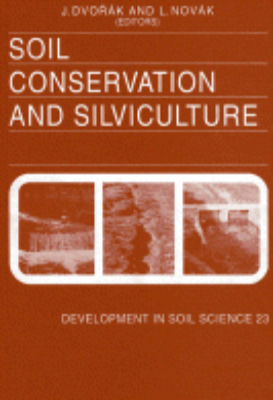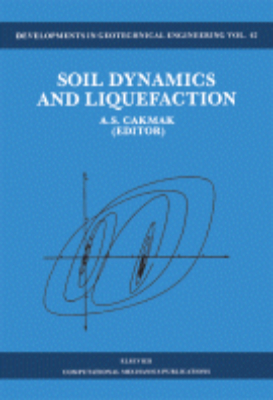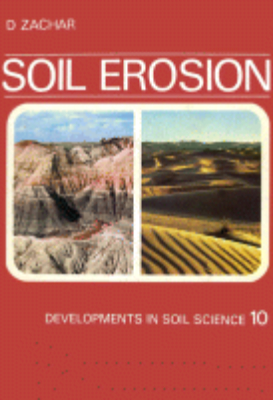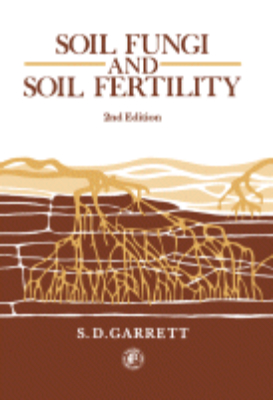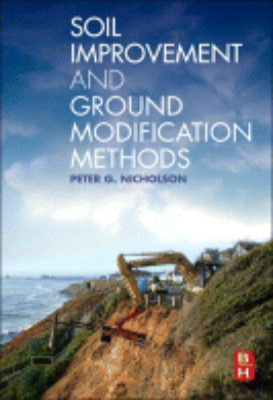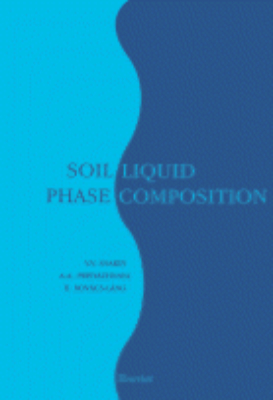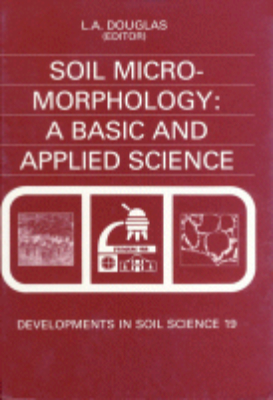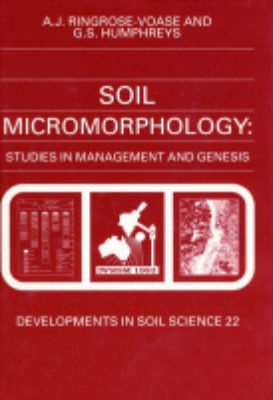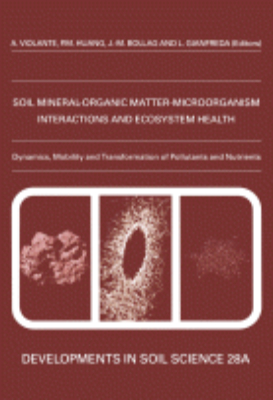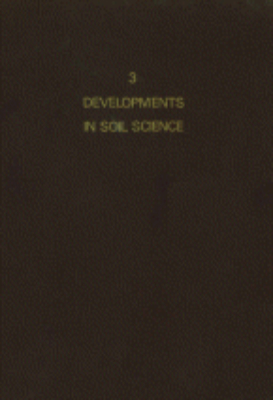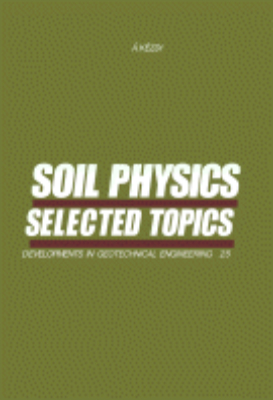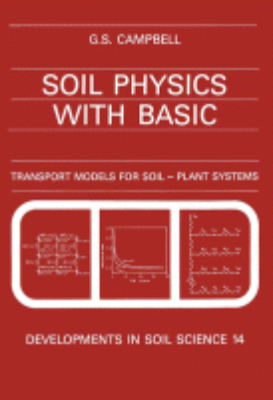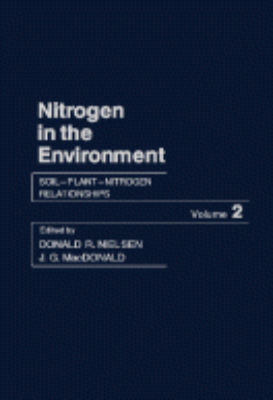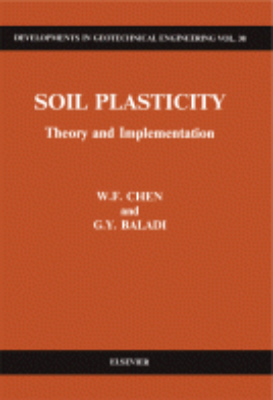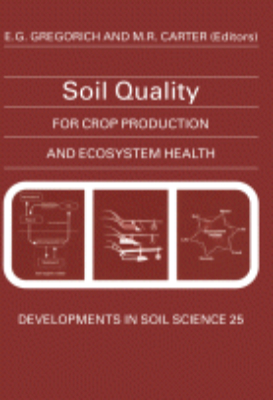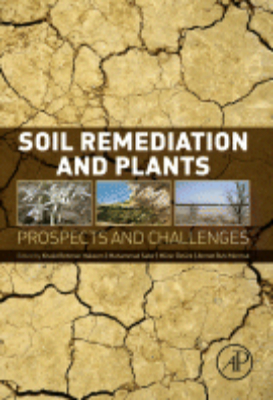E-Resources
Soil Acidity and Plant Growth
Soil Acidity and Plant Growth emerged from concerns over increasing acidification of soils under improved pastures over wide areas of southern Australia. While the book has its origin in the problems of acidification of Australian soils under pastures, the authors examine soil acidity within a much broader framework, making their views relevant to all agricultural and natural ecosystems on acid soils. The book's first two chapters discuss the chemistry of soil acidity and the ecological processes leading to it. This is followed by separate chapters on biological responses to soil acidity, covering mineralization of soil nitrogen, incidence of plant diseases, plant mycorrhizal associations, symbiotic nitrogen fixation in legumes, and genetic variability in plant response to toxicities. The remaining chapters focus on the correction of soil acidity problems by liming. These include studies on the rates of application and effectiveness of liming materials; and the development and use of computer modelling procedures to help researchers identify the effects and interactions of soil pH on component processes and to provide assistance to farmers in the management of long-term subterranean clover pastures.
Soil and Water
Soil and Water: Physical Principles and Processes describes the physical principles governing the soil-water system and particularly the sequence of processes constituting the cycle of water in the field. Organized into two parts, with a total of 11 chapters, this book first discusses the basic physical properties of both soil and water. Some chapters deal with the state of water in soil and flow of water in saturated and unsaturated soil. The second part focuses on the aspects of field water cycle, starting from the entry of water into soil to the redistribution of soil moisture. It also describes the groundwater drainage, evaporation from bare-surface soils, uptake of soil water by plants, and the water and energy balance in the field. This work is meant for students and professional workers in soil physics and other related disciplines who need or might be interested in a fundamental and up-to-date exposition of soil physics.
Soil Biology
Soil Biology brings together the microbiological, botanical, and zoological aspects of soil biology. Leading specialists provide critical reviews and assessments of their particular branches of soil biology, paying particular attention to functional aspects and biotic interrelationships whenever possible. This volume is organized into 17 chapters and begins with an overview of the soil system, emphasizing the system components including the mineral fraction, organic matter, soil moisture, and soil atmosphere. The next chapters focus on microorganisms present in the soil, along with their effects on plant roots. The book also discusses the soil algae, including how algae are affected by physical and chemical environments and their interrelations with other organisms. The remaining chapters look at other organisms that inhabit the soil, including Arthropoda, Collembola, and Mollusca, as well as the probable effects of inhibiting substances upon the biology of soil microorganisms. The final chapters explain the decomposition of organic matter in the soil and the effects of synthetic chemicals on soil microorganisms. This book is a valuable resource for soil biologists and research workers in fields such as botany, agriculture, zoology, and microbiology.
Soil Fungi and Soil Fertility
Soil Fungi and Soil Fertility, Second Edition is an introduction to soil microbiology, incorporating significant advances in knowledge and understanding of the way micro-organisms live and function under laboratory and natural conditions. This book is comprised of nine chapters, discusses soil microbiology, and shows how the living ecosystem of the soil helps maintain soil fertility and crop production. This text begins with a description of the soil as a habitat, encompassing both its physical and chemical characteristics. The root systems, soil fauna, and soil micro-organisms or the Protist Kingdom all form the living inhabitants of the soil. The components of soil fungi from the organization and growth of its branching system called mycelium to the asexual reproduction and final dispersion are explained. This book also discusses genetic mechanisms in fungi and nuclear division that is a compensatory reduction in the number of chromosomes back to the haploid number that must occur. This text also presents a comparison of further studies of the fungal communities through microscopic and cultural methods, as well as other methods that would yield better soil fungi and soil fertility. Also considered are factors that affect the competitive saprophytic colonization of substrates by soil fungi, and then how these fungi exploit their colonized substrates for survival. This monograph then examines the root-infecting fungi through their ability to feed on living plant tissues and how a balanced host-parasite relationship actually benefits the fungi community.This book is suitable for soil mycologists, soil researchers, agriculturists, and university undergraduates interested in soil microbiology.
Soil Improvement and Ground Modification Methods
Written by an author with more than 25 years of field and academic experience, Soil Improvement and Ground Modification Methods explains ground improvement technologies for converting marginal soil into soil that will support all types of structures. Soil improvement is the alteration of any property of a soil to improve its engineering performance. Some sort of soil improvement must happen on every construction site. This combined with rapid urbanization and the industrial growth presents a huge dilemma to providing a solid structure at a competitive price. The perfect guide for new or practicing engineers, this reference covers projects involving soil stabilization and soil admixtures, including utilization of industrial waste and by-products, commercially available soil admixtures, conventional soil improvement techniques, and state-of-the-art testing methods.
Soil Liquid Phase Composition
The liquid phase of soil (soil solution) is a very thin, penetrating and all-embracing water layer. It has the most extensive surface among the biosphere components and interacts with all these components. Presented in this work is a new complex approach developed for soil liquid phase investigation that is based on in situ measurements. Investigation of the soil liquid phase can be of great significance in environmental research. This volume sums up the vast experience of the authors' research into soil liquid phase composition in various ecosystems of Central and Eastern Europe. It describes the methodological basics of soil liquid phase research: methods of soil solution extraction, the main problems of application of ion-selective electrodes for immediate in situ assessment of ionic activity in soil liquid phase and redox potential, and ways to overcome those problems. Data are presented on soil liquid phase composition in natural and agricultural ecosystems, their redox, pH, carbonate and other regimes as well as the relations between the composition of the soil liquid phase and different ecological properties. This work is devoted to the pursuit of new approaches to soil liquid phase analysis with a goal of discovering the role of soil liquid phase in the functioning of natural and agricultural ecosystems in recent soil-formation, formation of primary biological production, and in bio-geochemical turnover of elements. It includes new field investigation data as well as all data generalization carried out by means of a special complex database (developed by the authors) on soil liquid phase composition and other soil-ecological properties in various ecosystems in Central and Eastern Europe. This book is the first English edition that integrally considers both methodological aspects and results of investigation of composition, formation, dynamics, spatial heterogeneity, and interrelations of soil liquid phase with other components of ecosystems. Soil scientists, agricultural chemists and ecologists will find this title of great interest.
Soil Mechanics of Earthworks Foundations and Highway Engineering
This is the third volume of a handbook which covers the whole field of soil mechanics, discussing deterministic and stochastic theories and methods, and showing how they can be used in conjunction with one another. The first volume discusses soil physics, while the second deals with the determination of physical characteristics of the soil. Australian Mining wrote of the Handbook ``a valuable addition to the extensive literature on the topic and will be found to be more useful than most.''The main objective of the third volume is to present solutions to the problems of engineering practice. It deals with the most important theoretical and practical problems of soil mechanics, discussing the following in detail: stability of earthworks, load-bearing capacity and settlement of shallow foundations, design of pile foundations, soil mechanics in road construction, improving the physical properties of soils, the characteristics of soil dynamics, foundations for machines and soil behaviour as affected by earthquakes. The book not only presents up-to-date deterministic methods, but also discusses solutions of probability theory in the fields of design and safety.The book is divided into six chapters covering the stability of slopes, landslides, load-bearing capacity and settlement of shallow foundations and pile foundations, soil mechanics in road construction, and the improvement of the physical characteristics of soil with special emphasis on machine foundations and earthquakes, giving detailed treatment of each subject. For example, the first chapter deals not only with the stability of slopes, but also discusses the natural and artificial effects, slope protection, filter design, stresses in embankments, and the time factor. In this way, the book gives a clear and comprehensive picture of the special fields of soil mechanics and its subjects. It is therefore emminently suitable for postgraduate engineers, and engineers working in the fields of geotechnics, earthworks, foundations, road construction, engineering geology and statistics, and the design of structures.
Soil Plant Nitrogen Relationships
Nitrogen in the Environment, Volume 2: Soil-Plant-Nitrogen Relationships is the second of a two-volume treatise based on manuscripts presented at the international conference on ""Nitrogen in the Environment,"" held at the University of California Conference Center, Lake Arrowhead, in February, 1977. All original manuscripts were revised in accordance with discussions at the conference. The chapters published in these volumes are those revised manuscripts, with provisions in each chapter to preserve the major suggestions for their improvement. These two volumesNitrogen Behavior in Field Soil and Soil-Plant-Nitrogen Relationshipsshould be of value in bringing into perspective current knowledge on selected aspects of nitrogen in the environment. The book contains 22 chapters and opens with a study on the factors influencing nitrate acquisition by plants; assimilation and fate of reduced nitrogen. Separate chapters follow on topics such as absorption and utilization of ammonium nitrogen by plants; potential nitrate levels in edible plant parts; control of biological nitrogen fixation; and methods for analysis of denitrification in soils.
Soil Remediation and Plants
The soil is being contaminated continuously by a large number of pollutants. Among them, heavy metals are an exclusive group of toxicants because they are stable and difficult to disseminate into non-toxic forms. The ever-increasing concentrations of such pollutants in the soil are considered serious threats toward everyones health and the environment. Many techniques are used to clean, eliminate, obliterate or sequester these hazardous pollutants from the soil. However, these techniques can be costly, labor intensive, and often disquieting. Phytoremediation is a simple, cost effective, environmental friendly and fast-emerging new technology for eliminating toxic heavy metals and other related soil pollutants. Soil Remediation and Plants provides a common platform for biologists, agricultural engineers, environmental scientists, and chemists, working with a common aim of finding sustainable solutions to various environmental issues. The book provides an overview of ecosystem approaches and phytotechnologies and their cumulative significance in relation to solving various environmental problems.
Soil Respiration and the Environment
The global environment is constantly changing and our planet is getting warmer at an unprecedented rate. The study of the carbon cycle, and soil respiration, is a very active area of research internationally because of its relationship to climate change. It is crucial for our understanding of ecosystem functions from plot levels to global scales. Although a great deal of literature on soil respiration has been accumulated in the past several years, the material has not yet been synthesized into one place until now. This book synthesizes the already published research findings and presents the fundamentals of this subject. Including information on global carbon cycling, climate changes, ecosystem productivity, crop production, and soil fertility, this book will be of interest to scientists, researchers, and students across many disciplines.
Soil Structure/Soil Biota Interrelationships
Some pioneers in soil research such as Mller and Kubina were as much biologists as they were soil scientists and the legendary biologist Charles Darwin was foresighted in recognizing the earthworms as instrumental in reworking the soil, thereby forming what he called "vegetable mould". Still, soil science has largely been the realm of physicists and chemists over the past decades. Whatever the reason, this picture is rapidly changing. Until recently, research on the transport and transformation of elements in soil was often concerned with either soil biota/plant relationships or with soil structure/plant relationships, if the biota were considered at all, but very few studies explicitly took the interrelationships between soil structure and soil biota into account. The conference on Soil Structure/Soil Biota Interrelationships, held at Wageningen, The Netherlands, 24-28 November 1991, was meant to bridge that gap, focussing on methods of research, organized in three levels: features, processes and effects. The proceedings of the conference are testimony of the need to intertwine the biological, morphological, physical and chemical disciplines in soil research to understand better and forecast soil properties and processes as related to land use for agricultural and other purposes. This book should be of particular interest to soil scientists and ecologists who feel the need for a cross-disciplinary approach in soils research. It should also be a rich source of teaching material for courses in soil science and soil ecology at graduate level and above, with ample reference to studies on land use as related to agriculture and the environment.

